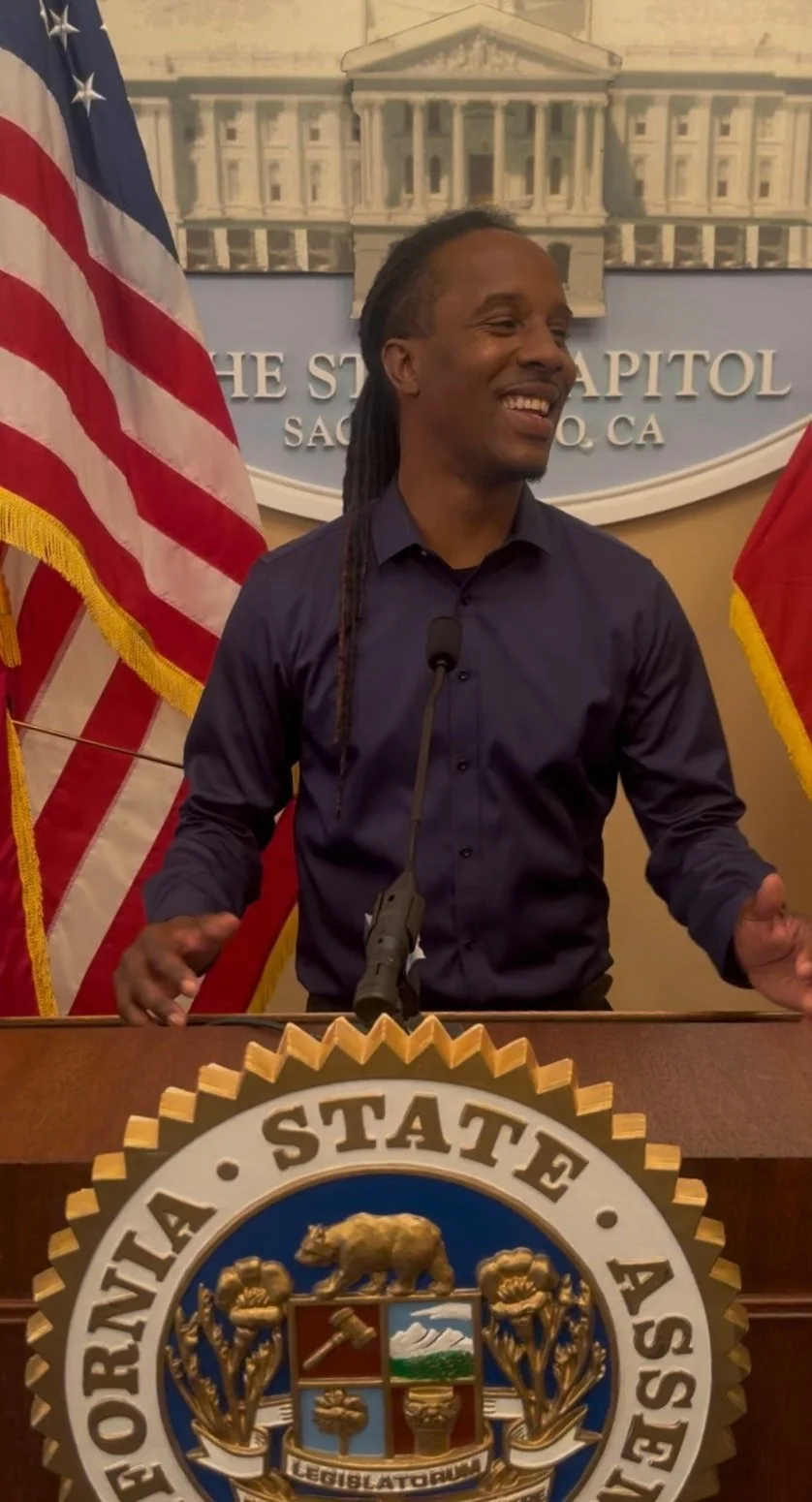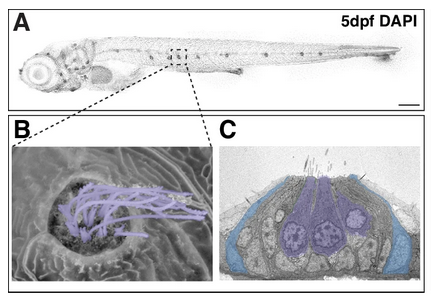By Pat Dobbs
Big holiday gatherings are always a challenge for people with hearing loss, and in my case a few years ago, I knew I was in for it. There would be at least 25 people at Thanksgiving, including siblings, teenagers, toddlers, nieces, and nephews, from near and far, and at least one 8-week-old infant.
I anticipated a noisy, challenging situation that would be the dictionary definition of “difficult to hear.” So I reviewed my hearing technology strategy:
Make sure all my hearing paraphernalia were fully charged, including rechargeable batteries for cochlear implants, remote device, and assistive listening devices.
Make sure the remote’s volume is set correctly. That means the volume isn’t too loud—tinny and blurred—and not “too soft”—too low to hear.
Double-check that the remote is set at the proper setting, choosing from quiet environments, noisy ones, group conversation, and music. I prefer Cochlear America’s AutoScan feature, which scans the environment to automatically set the device to the right setting.
Then I reviewed my “hearing and communicating” strategy:
Don’t freak out because I’m afraid I’m missing out on conversations—just relax and enjoy the food and good cheer. Nobody at the Thanksgiving table can follow every conversation anyway!
For in-depth conversations, save them for quieter environments where I can concentrate on talking with one or two people at a time.
Remind people to face me when we’re talking so I can supplement my hearing technology with lip reading.
And finally, refer back to rule the first rule: Don’t freak out! Eventually I’ll find a quieter place to talk and catch up with the people I love.
Check, check, and check on all my strategies. Everything was in place and I was good to go.
With all my planning and concern about hearing, the very last thing I anticipated was car trouble. But there it was. An unidentifiable loud noise coming out of my car, but what was it? From where? What was wrong?
Here I was in the wilds of suburban New Jersey, about to travel a good hour through traffic on Thanksgiving Day—alone. I wished I weren’t alone as I desperately wanted someone with typical hearing to give me an opinion. I struggled—should I drive the distance? What would happen if my car broke down on the Tappan Zee Bridge, or anywhere else for that matter? I decided to continue driving and hope for the best.
About a half hour into the drive I suddenly had a flash of insight. I remembered that shortly before leaving, I changed the setting on my cochlear remote to “music” to test it out and forgot to set it back. Could that be the problem? That, at least, was something I could handle myself!
So I pulled to the side of the road and found that my remote was indeed on the “music” setting on which ambient sound—which is what you would hear in a concert—is heightened.
My car wasn’t playing music. The ambient sound I got to hear was the normal sounds made by the engine, but amplified and raised to a truly uncomfortable level. I knew exactly what to do to fix this. I just had to flip the music setting back to AutoScan. Which I did.
So there was nothing wrong with my car at all. It was running perfectly. This story just goes to show that the most brilliant technology in the world, and the most careful planning and personal advocacy you can do for yourself, are no guarantee against plain old mistakes.
Oh, by the way—it was a wonderful holiday meal and I hope all your family and friend gatherings are wonderful, too.
Pat Dobbs launched the Hearing Loss Association of America (HLAA) Morris County Chapter in New Jersey, serving as president. Now a Maine resident, she is the president of SayWhatClub, a global online hearing loss support group. For more, see Hearing Loss Evolution, at hearinglossevolution.com.








Two people have the same audiogram results but one can follow conversations at a loud party, while the other feels completely lost and overwhelmed. We set out to examine why.